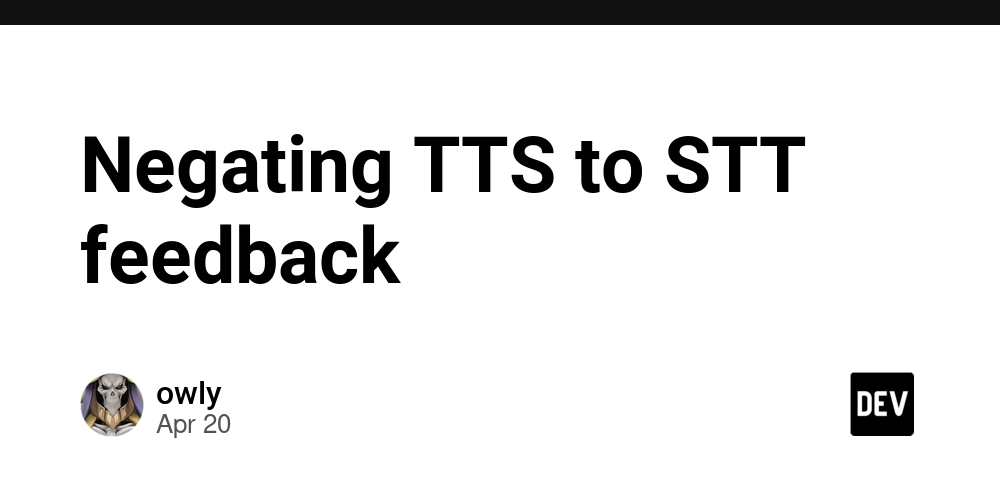The hidden patterns in Trump’s executive orders
The illegality generally arises not in the executive orders themselves but in their implementation.

The breadth of President Trump’s onslaught of executive orders is wearying even to the most experienced officials, journalists and analysts — likely by design.
Although many of the proposals contained in Project 2025 have yet to be implemented, the White House’s initiatives go far beyond even that capacious document. Indeed, dramatic changes in long-accepted policies and institutions are emerging from the Oval Office daily.
It is difficult to generalize about such a wide range of initiatives, but a few patterns have emerged. Recognizing these patterns can allow us to better assess what we are seeing and target our attention appropriately.
First, although the Trump administration often begins an initiative with one or more executive orders, few of the orders themselves merit close examination. With a few exceptions — such as the orders purporting to terminate birthright citizenship, invoking the Alien Enemies Act and eliminating federal employees’ unions — the orders are peppered with language directing subordinates to follow the law.
This does not mean that these initiatives are empty or harmless. Instead, the lawlessness is carried out by underlings relying on often-absurd interpretations of law to justify their actions.
For example, the executive orders against particular agencies — the first of which attacked the Inter-American Foundation, the United States African Development Foundation and the United States Institute of Peace — state that the administration is only eliminating the agencies’ “non-statutory components and functions” of the agencies. This might sound reasonable. Who could object to stopping the Department of Agriculture from building aircraft carriers?
But the administration’s interpretations of what are “statutory functions” is indefensible. With the Inter-American Foundation, the administration contends that the statute requires the foundation only to have a president, a board and an office. This ignores a substantial list of purposes that statute directs the “Foundation shall carry out” through its activities — to say nothing of appropriations for a far more robust agency, including one that Trump himself recently signed.
Thus, the illegality generally arises not in the executive orders themselves but in their implementation. These orders are trumpets rallying the president’s base. They should put us on guard that a new aspect of the government is slated for destruction or politicization. But they are rarely worth scrutinizing much in themselves. Various scorecards about how many executive orders have been enjoined by courts miss this point.
Second, the Trump administration has made clear that its primary agenda is not these specific changes but rather a radical expansion of presidential power. Many things it has done unlawfully could have been done within the law with very little effort.
The administration has impounded funds for numerous programs, violating many permanent authorizing statutes as well as annual appropriations. The president likely could have accomplished the same thing through a request that Congress rescind the money under the Impoundment Control Act. Republicans control both houses of Congress, and that law prohibits filibusters of presidential rescission requests.
Similarly, the “fork in the road” email, which offered seven months' paid leave for federal employees who resigned, was unlawful. Among other reasons, statutes limit administrative leave to two weeks per year and cap buy-outs at $25,000. Moreover, the Office of Personnel Management, which sent the emails, had no authority to commit the various departments that employed the federal workers affected. Agencies may, however, prepare buy-out plans identifying overstaffed functions; upon OPM’s approval, the administration could have implemented a more thoughtful and targeted version of staffing reduction. Here again, the administration seemed more interested in asserting the president’s ability to disregard federal law.
The same could be said for the president’s invocation of the Alien Enemies Act. If the administration actually had evidence that the individuals deported were Venezuelan gang members, regular immigration law provides a plethora of powerful weapons. But the point was not to deport these individuals, but rather to establish that the president can issue a completely preposterous finding — that gang members’ presence in the U.S. is an “invasion” conducted by the Venezuelan government — and make it stick.
The third pattern concerns the Trump administration’s remarkable disdain for court orders. Shortly after the administration announced a broad freeze on federal funding, a federal district court entered a temporary restraining order that it “shall not pause, freeze, impede, block, cancel, or terminate [its] compliance with awards and obligations to provide federal financial assistance.”
In numerous instances, federal agencies continued to withhold funds; in some, they newly froze funds after the temporary restraining order. When called on this noncompliance, administration officials said “that they are just trying to root out fraud” with these continued freezes — a complete non sequitur given the terms of the order. The court accordingly found the administration in violation of its order.
Similarly, a federal district court promptly enjoined the administration from “suspending, pausing, or otherwise preventing the obligation or disbursement of appropriated foreign-assistance funds.” A week later, the court found that the administration had “continued their blanket suspension of funds pending review of agreements, the very action that the TRO enjoined.”
Administration officials asserted “that they have been making good faith efforts to comply.” They also asserted that they could continue the enjoined freeze on other grounds, what the court characterized as an impermissible search for “post-hoc rationalization for the enjoined agency action.” Repeated additional orders to comply with the prior orders and resume funding have been largely ineffective. Many nonprofits in impoverished areas around the world have collapsed due to the lack of funding.
Whether or not one agrees with particular actions the administration has taken, this rampant disregard for duly-enacted statutes and court orders cannot be reconciled with the checks and balances at the heart of our constitutional order. Trump won the last election after disavowing the radicalism of Project 2025. He has no mandate for this lawlessness.
You can’t make America great again by rejecting the core values that have held the country together for almost 250 years.
David A. Super teaches at Georgetown Law.








































































